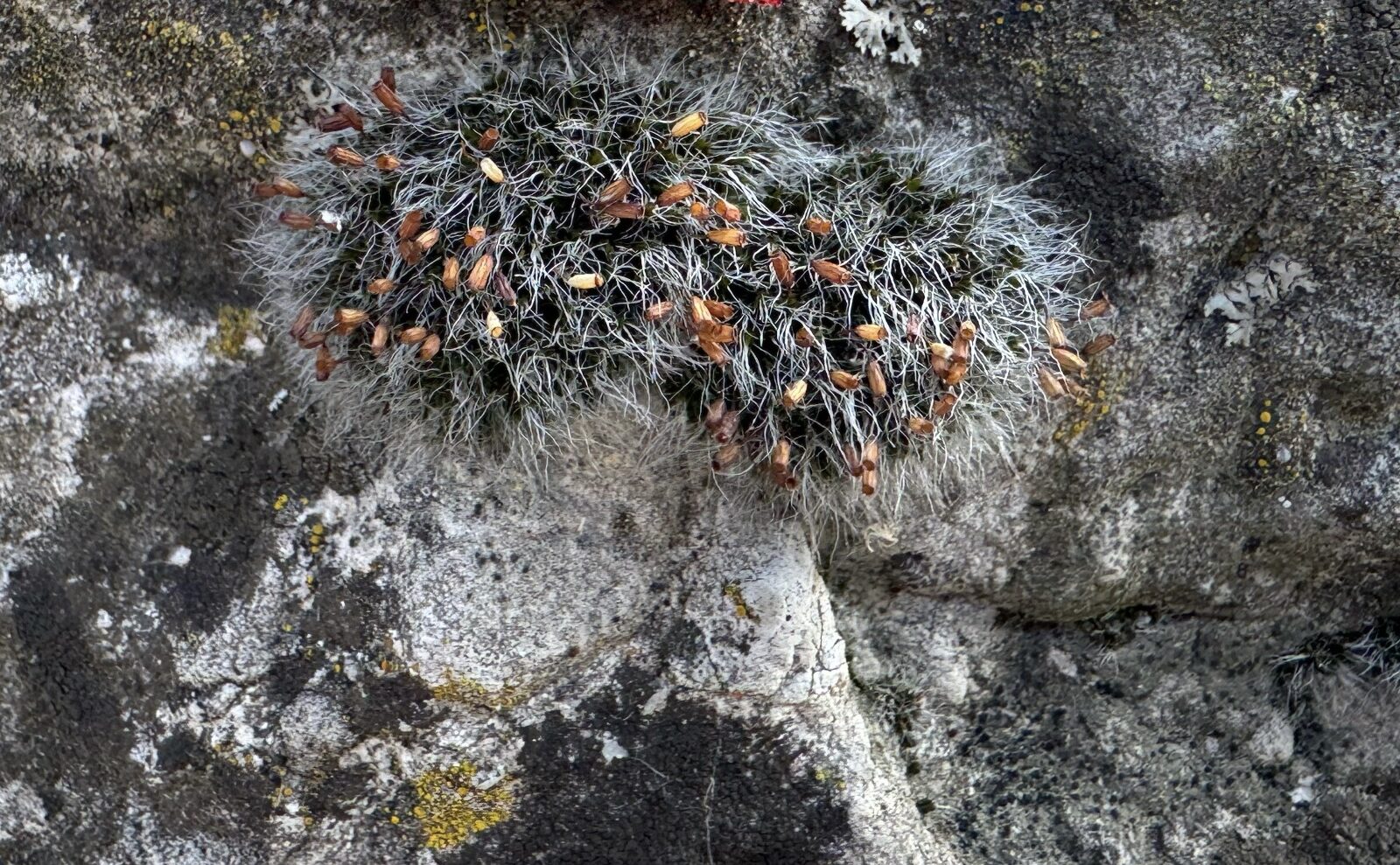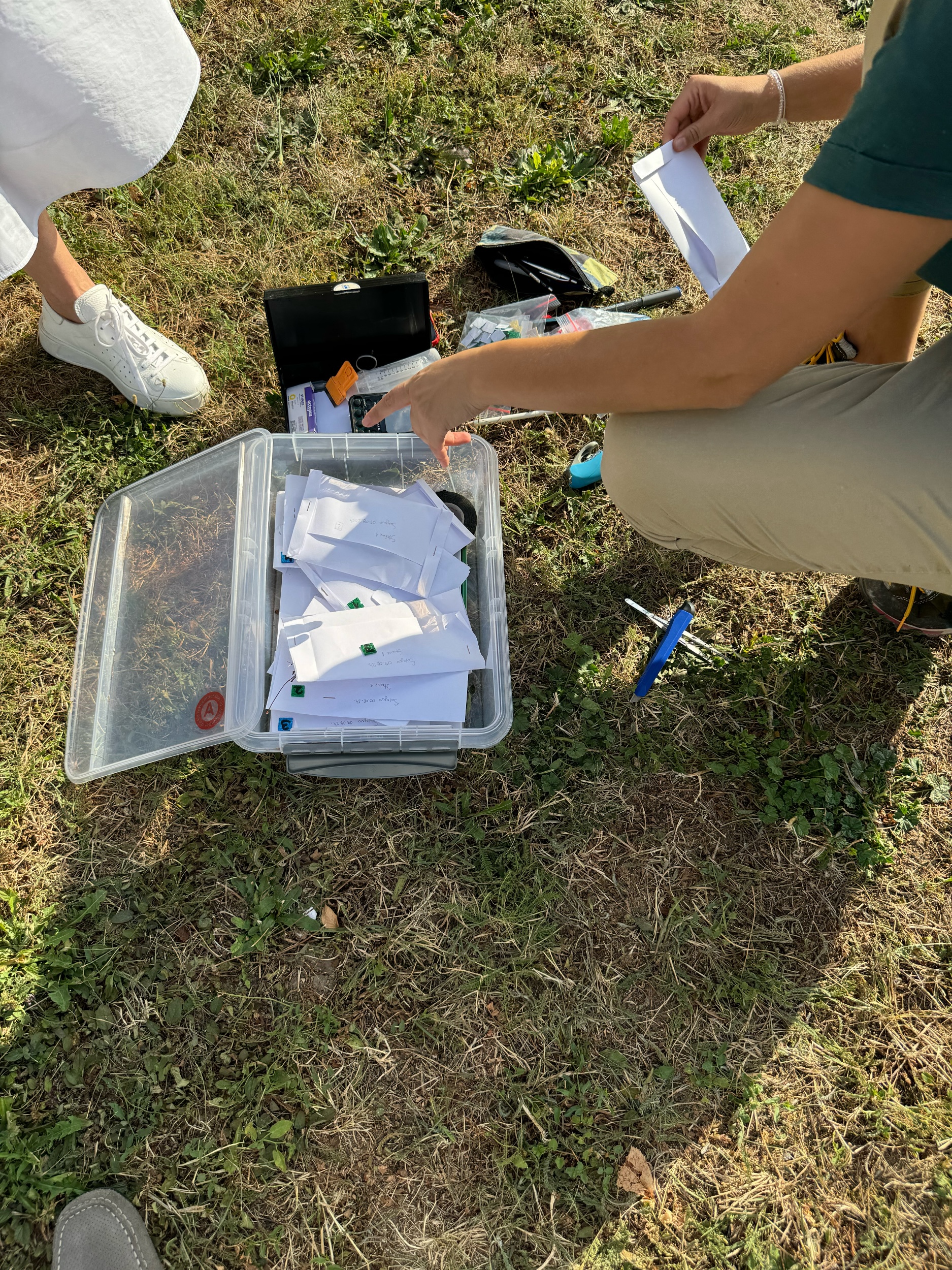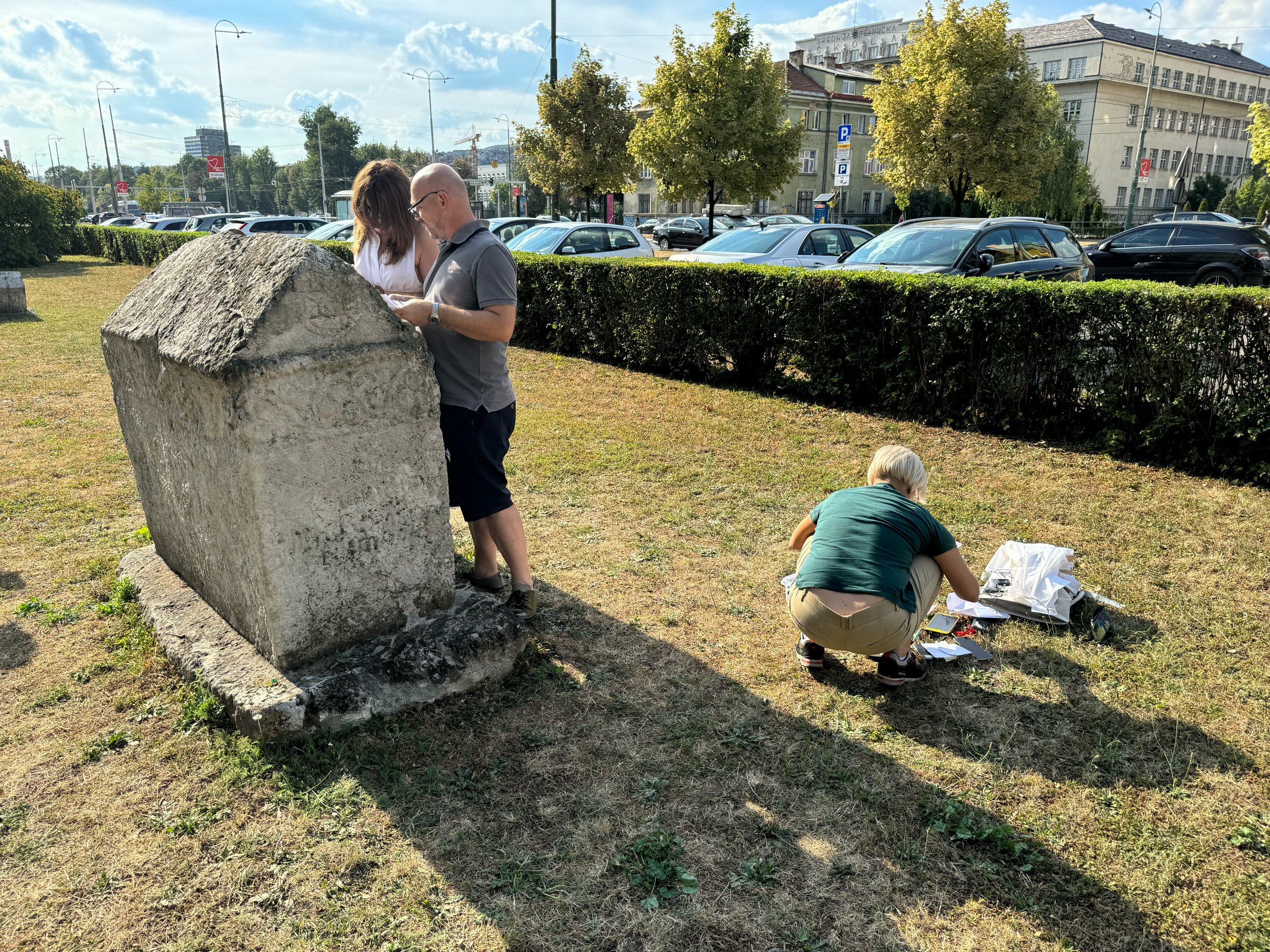STECCI Biodeteriogens Assessment WP2 and WP3 (UNSA and UNSPMF), 9. August 2024. Site Zemaljski muzej, Sarajevo, Bosnia and Herzegovina

Team and Methodology
The biodeteriogens assessment was carried out by a team of biologists and plant ecologists from the University of Sarajevo (UNSA) and the University of Novi Sad Faculty of Sciences (UNSPMF). The team was coordinated by Prof. dr Nusret Drešković and included Prof. dr Snežana Radulović, Prof. dr Samir Đug, Prof. dr Goran Anačkov, Prof. dr Adi Vesnić, as well as assistants Lejla Vesnić and Maja Novković. They implemented the bioassessment in rigorous compliance with the procedures defined in the newly developed STECCI Biodeteriogens Assessment Field Survey Protocol, together with the previously developed STECCI Biodeteriogens Assessment Lab protocol. This comprised laboratory-based microbiological, molecular, and morphological identification procedures undertaken in mutually affiliated biological laboratories and herbariums. A separate sampling strategy was employed, collecting two samples from every species. This dual-sample strategy was designed to allocate one specimen to morphological and the other for molecular and microbiological identification.
According to the BA Field Protocol (https://stecci.emdesk.com/#!/documents/all/WP3), each species was assessed using an adapted Braun-Blanquet scale for species coverage and spatial arrangement. Further biodiversity impact-relevant data were also evaluated, such as the monument’s space orientation, soil type code, slope, elevation, Land Use according to CORINE codes, Habitat Type as per EUNIS code, monument shape and dimensions, and Köppen’s climate code. Additionally, the STECCI vegetation database coding system was developed. Documentation of the process was set up using 3D Lidar depth camera technology, providing highly precise visual records and directly georeferenced in QGIS.
Site Specifics
One of the most significant sites featuring stećci, medieval tombstones, is located in Sarajevo. This site, which is part of the National Museum of Bosnia and Herzegovina, showcases a renowned collection of stećci from across the country. On June 26, 2019, this collection was declared a national monument by the Commission to Preserve National Monuments of Bosnia and Herzegovina.
The city of Sarajevo experiences significant air pollution. According to the World Health Organization’s Ambient Air Pollution Database (2016), the annual average PM2.5 concentration in 2010 was estimated to be 30 μg/m³, extrapolated from PM10 measurements. This concentration is three times higher than the limit recommended by the WHO Air Quality Guidelines. Additionally, the area is subject to direct anthropogenic impacts, resulting in an urban microclimate.
The Sarajevo Basin’s immediate vicinity is characterized by a climate classified as Cfwbx according to W. Köppen’s climate classification. In addition to environmental factors such as light, temperature, humidity, and wind, which influence the growth and species composition of organisms and are further modified by microclimate conditions, this site is situated in the central urban area and is subject to regular maintenance (cleaning). Consequently, it experiences significant anthropogenic impact. Despite these conditions, biothreats to limestone monuments were documented, manifesting as colonization by various organisms, including lichens, mosses, algae, fungi, bacteria, and even cormophytic plants rooted in the stone. These organisms can induce both aesthetic and physical damage to the monument’s surface. Therefore, understanding the growth characteristics of biological colonizers, such as lichens, mosses, algae, fungi, bacteria, and cormophytic plants, and their interactions with stone substrates is essential for assessing biodeterioration. These organisms can cause significant damage to limestone monuments through various mechanisms. For instance, lichens secrete acids that contribute to chemical weathering, while mosses and algae retain moisture against the stone, promoting physical weathering and erosion. In sites like Sarajevo, the specific air pollution conditions intensify these processes, considering high levels of particulate matter (PM2.5 and PM10), which can settle on the surfaces of monuments and provide a substrate for these organisms to colonize. Additionally, pollutants such as sulfur dioxide (SO2) and nitrogen oxides (NOx) can react with moisture to form acidic compounds, further accelerating chemical weathering.
Hence, studying the growth patterns and ecological preferences of each biological colonizer, allows researchers to predict and mitigate their impact on stone monuments. This involves examining factors such as the organisms’ tolerance to pollutants, their moisture requirements, and their ability to adhere to and penetrate stone surfaces. Such knowledge is crucial for developing effective conservation strategies, particularly in urban areas like Sarajevo where air pollution is a significant concern.
















